The MNBC-2020 (Myanmar National Building Code) Part 5A: Lighting focuses on providing comprehensive guidelines for the design, installation, and maintenance of artificial lighting in buildings to ensure safety, functionality, and energy efficiency. Below is an overview of what Part 5A of the MNBC-2020 entails:
Overview of MNBC-2020 Part 5A: Lighting
Purpose
The purpose of Part 5A is to ensure that all buildings have appropriate lighting systems that provide adequate illumination for various tasks, promote safety and well-being of occupants, and optimize energy use.
Scope
This part covers the following key areas:
- General lighting requirements
- Specific lighting criteria for different types of spaces
- Energy efficiency and sustainability considerations
- Installation and maintenance of lighting systems
- Emergency lighting requirements
Key Components of Part 5A: Lighting
- General Lighting Requirements
- Illuminance Levels: Establishes minimum and recommended illuminance levels for different activities and spaces within buildings.
- Glare Control: Provides guidelines to minimize glare from artificial lighting to ensure visual comfort.
- Color Temperature and Rendering: Recommends suitable color temperatures and color rendering indices for various applications to ensure that colors are perceived correctly and comfortably.
- Specific Lighting Criteria
- Residential Spaces: Recommendations for living rooms, kitchens, bathrooms, and bedrooms to ensure adequate and comfortable lighting.
- Commercial Spaces: Guidelines for offices, retail spaces, and restaurants to ensure functionality and aesthetics.
- Industrial Spaces: Requirements for workshops, factories, and warehouses, focusing on safety and task performance.
- Educational and Healthcare Facilities: Specific standards for classrooms, laboratories, hospitals, and clinics to support learning and patient care.
- Energy Efficiency and Sustainability
- Efficient Light Sources: Encourages the use of energy-efficient lighting technologies such as LED lamps and luminaires.
- Lighting Controls: Recommends the use of lighting controls like occupancy sensors, daylight sensors, and dimmers to reduce energy consumption.
- Design for Sustainability: Promotes designs that maximize natural light utilization and minimize the ecological footprint of lighting systems.
- Installation and Maintenance
- Best Practices: Provides detailed guidelines for the proper installation of lighting fixtures to ensure safety and compliance with standards.
- Maintenance Schedules: Recommends regular maintenance practices to ensure the longevity and performance of lighting systems.
- Emergency Lighting
- Requirements: Specifies the requirements for emergency lighting systems to provide adequate illumination during power outages or emergencies.
- Performance Criteria: Sets standards for the performance, placement, and duration of emergency lighting to ensure safe evacuation and access to critical areas.
Practical Application
Examples
- Office Buildings:
- Recommended Illuminance: For general office tasks, an average illuminance level of 500 lux is recommended.
- Energy Efficiency: Use of LED lighting combined with motion sensors and daylight harvesting systems to optimize energy use.
- Educational Institutions:
- Classroom Lighting: Recommended illuminance levels of 300-500 lux to support reading, writing, and interactive activities.
- Maintenance: Regular inspection and cleaning of lighting fixtures to maintain optimal lighting conditions.
- Healthcare Facilities:
- Patient Rooms: Lighting systems designed to provide a calm and comfortable environment, with adjustable lighting levels to suit different activities.
- Emergency Areas: Ensuring that emergency lighting systems meet the required standards to provide reliable illumination during critical situations.
Conclusion
Part 5A of the MNBC-2020 provides essential guidelines for ensuring that artificial lighting in buildings meets the necessary standards for safety, functionality, and energy efficiency. By adhering to these guidelines, building designers, engineers, and facility managers can create environments that enhance the well-being and productivity of occupants while minimizing energy consumption and operational costs.
Note: All Password are [“salaimep” or “salaimep.com”]
Download |OneDrive, Google Drive
Also Download – Singapore Standard CP 38: Free Download
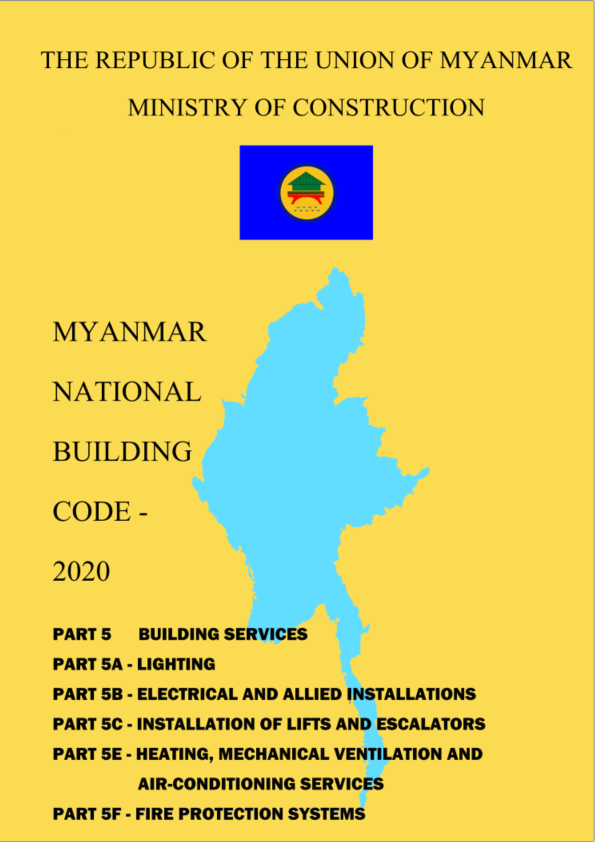
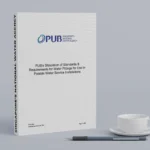
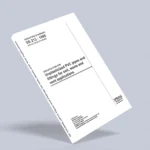



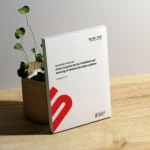
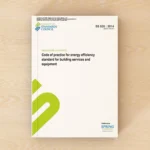
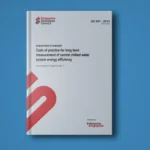
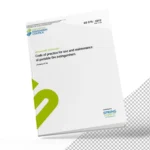
2 thoughts on “MNBC-2020 PART 5A: Free PDF DOWNLOAD”